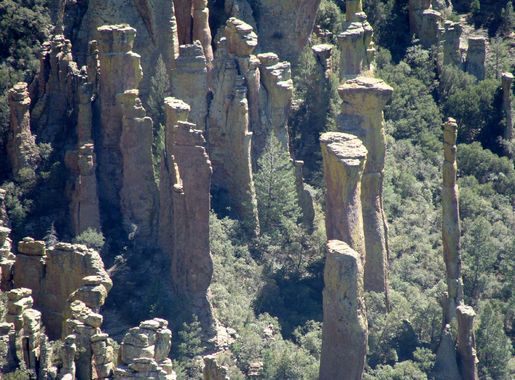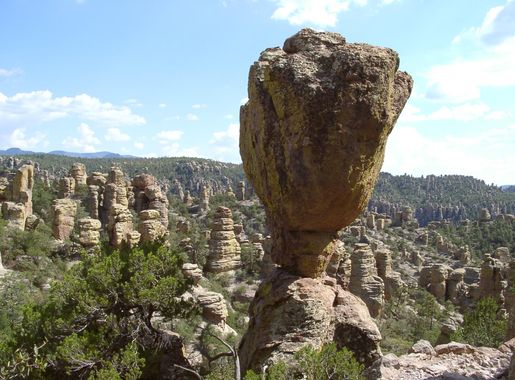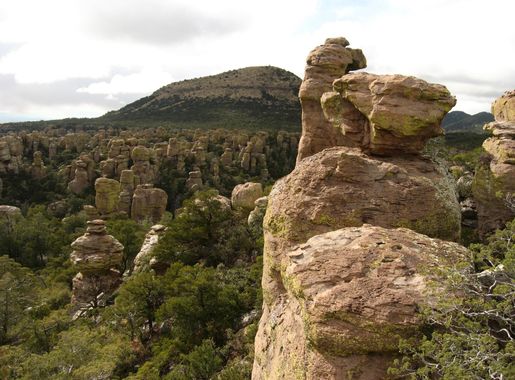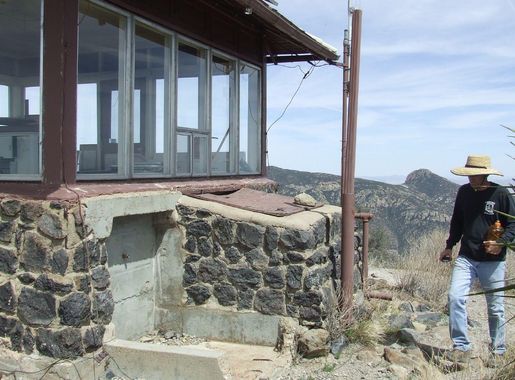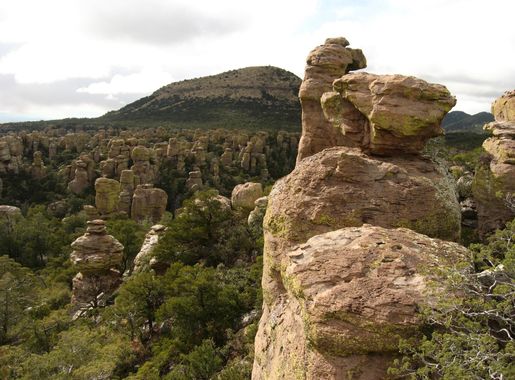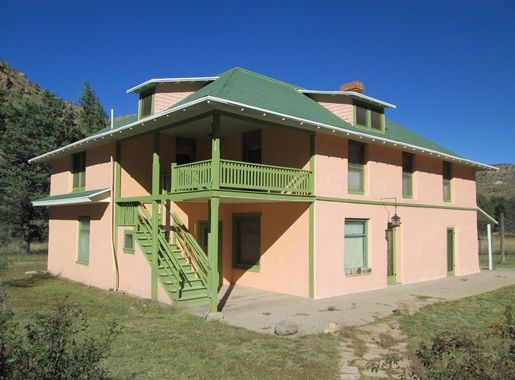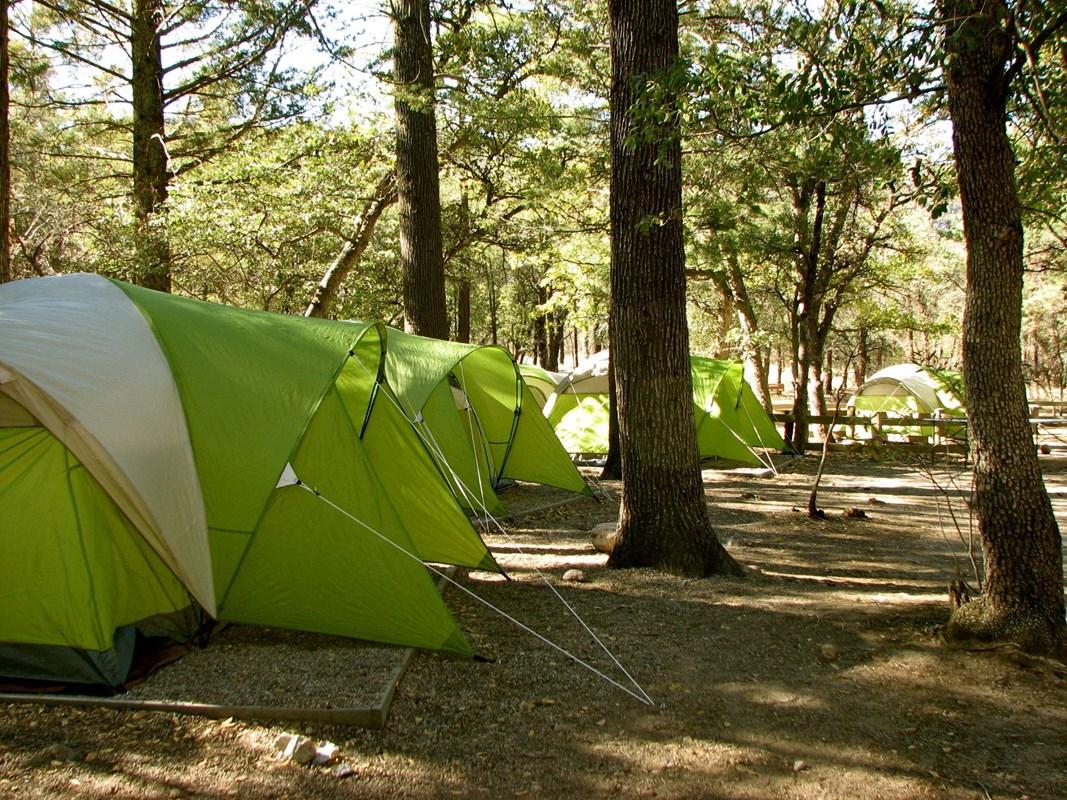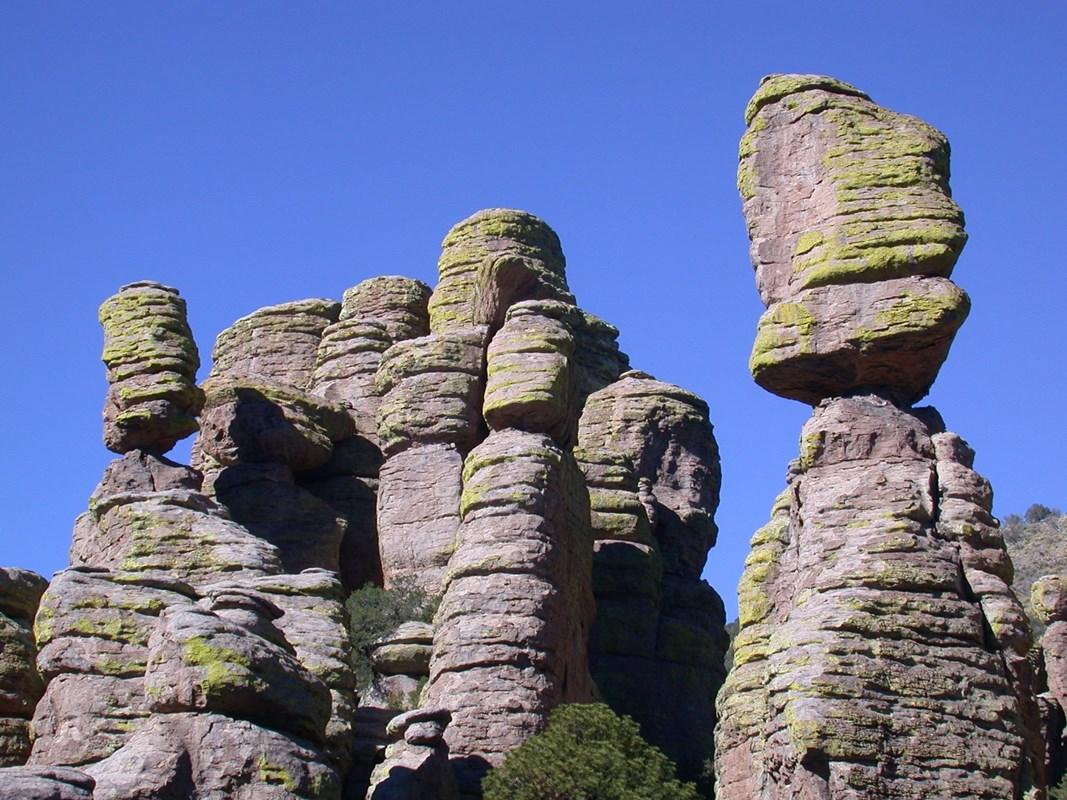
Chiricahua National Monument: A Wonderland of Rocks
Explore the unique rock formations and diverse wildlife of Chiricahua National Monument, a hidden gem in southeast Arizona.
Chiricahua National Monument, located in southeast Arizona, is a hidden gem that offers visitors a unique geological experience. Known for its stunning rock formations, the park is often referred to as a 'Wonderland of Rocks.' These formations were created millions of years ago by volcanic activity, leaving behind towering spires, balanced rocks, and stone columns that defy gravity. The park is also a haven for wildlife and plant species. Hikers can encounter deer, javelinas, and a variety of bird species as they explore the many trails. The park's diverse ecosystem is a result of its location at the intersection of different ecological zones, including deserts and forests. For history enthusiasts, the Faraway Ranch Historic District offers a glimpse into the lives of early settlers in the area. The visitor center provides educational exhibits and a chance to learn more about the unique geological and cultural history of the Chiricahua National Monument.
Local tips in Chiricahua National Monument
- Bring plenty of water and wear sunscreen; the Arizona sun can be intense.
- Visit early in the day to avoid the afternoon heat and to have better chances of spotting wildlife.
- Check out the visitor center first to get maps and learn about the best trails and viewpoints.
- Don't miss the Faraway Ranch Historic District for a touch of local history.
- Camping is available, but make reservations in advance as spots can fill up quickly.
Chiricahua National Monument: A Wonderland of Rocks
Chiricahua National Monument, located in southeast Arizona, is a hidden gem that offers visitors a unique geological experience. Known for its stunning rock formations, the park is often referred to as a 'Wonderland of Rocks.' These formations were created millions of years ago by volcanic activity, leaving behind towering spires, balanced rocks, and stone columns that defy gravity. The park is also a haven for wildlife and plant species. Hikers can encounter deer, javelinas, and a variety of bird species as they explore the many trails. The park's diverse ecosystem is a result of its location at the intersection of different ecological zones, including deserts and forests. For history enthusiasts, the Faraway Ranch Historic District offers a glimpse into the lives of early settlers in the area. The visitor center provides educational exhibits and a chance to learn more about the unique geological and cultural history of the Chiricahua National Monument.
When is the best time to go to Chiricahua National Monument?
Iconic landmarks you can’t miss
Chiricahua National Monument Visitor Center
Explore the breathtaking landscapes and rich geological history at the Chiricahua National Monument Visitor Center in Arizona.
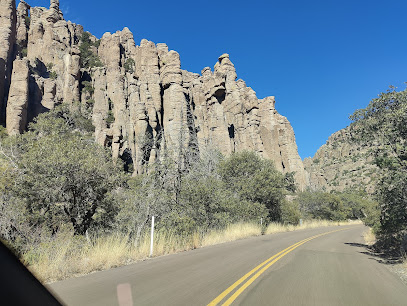
Chiricahua Mountains
Discover the breathtaking beauty of the Chiricahua Mountains, a hidden gem in Arizona offering stunning landscapes, diverse wildlife, and endless outdoor adventures.
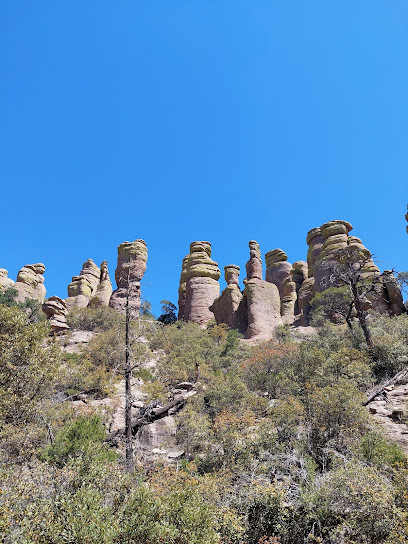
Chiricahua National Monument Sign
Experience the breathtaking landscapes and unique rock formations at Chiricahua National Monument in Arizona, a must-visit scenic spot for nature lovers.
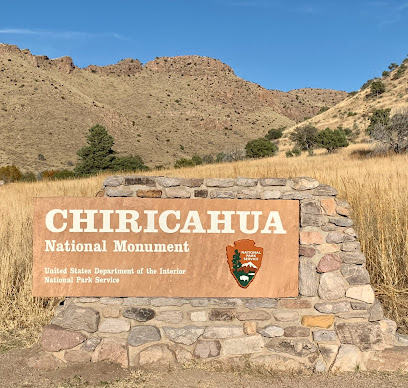
Unmissable attractions to see
Chiricahua National Monument Visitor Center
Explore the stunning rock formations and diverse wildlife at Chiricahua National Monument Visitor Center in Arizona, a gateway to natural wonders.
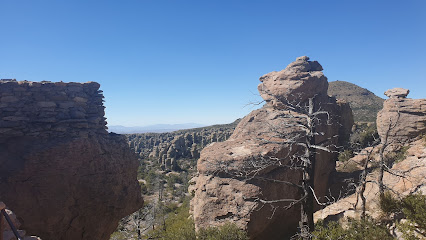
Fort Bowie National Historic Site
Explore the historical significance of Fort Bowie National Historic Site, where the tales of the American West come alive amid stunning desert landscapes.
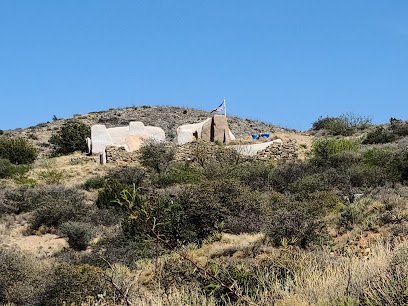
The Chiricahua Desert Museum
Explore the Chiricahua Desert Museum, where the beauty of the desert meets rich cultural heritage and captivating wildlife exhibits.
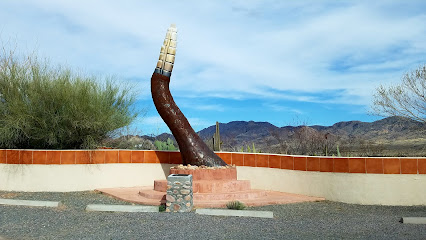
Johnny Ringo Grave
Explore the legendary Johnny Ringo Grave, a historical site in Arizona that embodies the spirit of the Wild West amidst stunning desert landscapes.
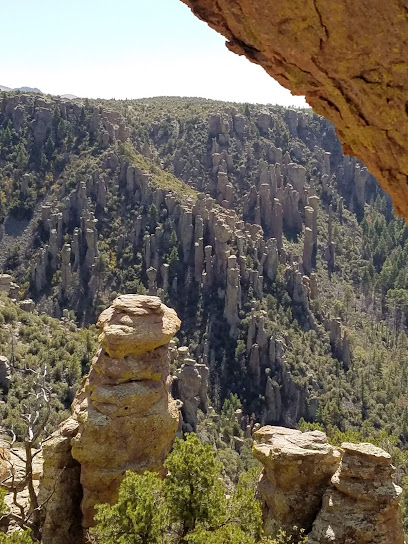
Bonita Canyon Campground
Explore the beauty of Bonita Canyon Campground in Willcox, AZ, a perfect getaway for nature lovers and adventure seekers with stunning scenery and outdoor activities.
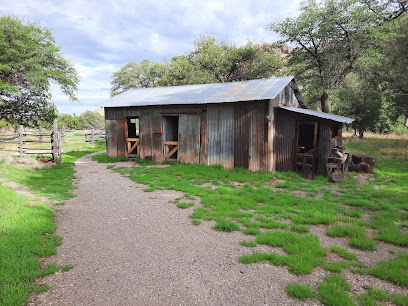
Cave Creek Visitor Info Center
Explore the breathtaking beauty and natural wonders of Arizona at the Cave Creek Visitor Info Center, your gateway to adventure and discovery.
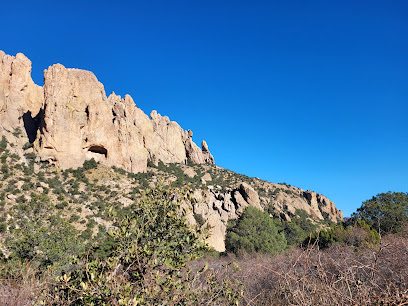
Slaughter Ranch Museum
Explore the rich history and serene landscapes at Slaughter Ranch Museum in Douglas, Arizona - a perfect blend of culture and nature.
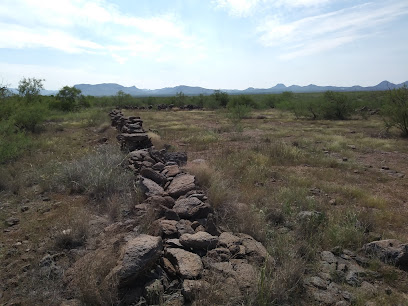
Chiricahua Regional Museum
Explore the Chiricahua Regional Museum for a captivating insight into Arizona's rich history and cultural heritage with engaging exhibits.
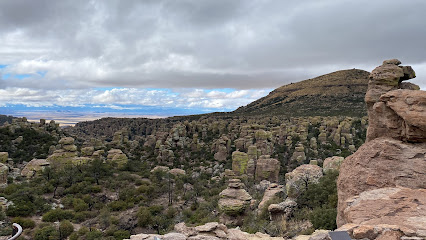
Echo Canyon Trailhead
Explore the scenic trails of Echo Canyon Trailhead in Arizona, a hiker's paradise with stunning views and diverse landscapes perfect for outdoor adventures.
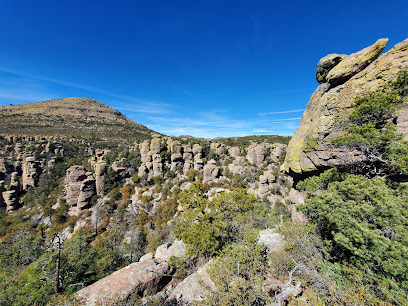
John Hands Waterfall
Experience the serene beauty of John Hands Waterfall, a hidden treasure in Arizona's national forest, perfect for nature lovers and adventure seekers.
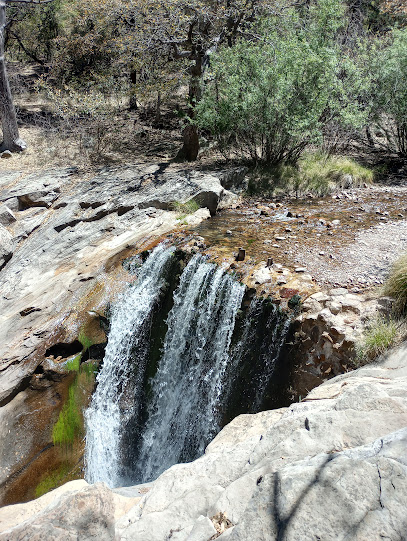
Rustler Park
Experience the tranquility of Rustler Park, a serene campground in Coronado National Forest, perfect for nature lovers and outdoor adventures.

Echo Canyon Trail
Discover the breathtaking beauty of Echo Canyon Trail in Willcox, Arizona, a perfect hiking destination for outdoor enthusiasts and nature lovers.
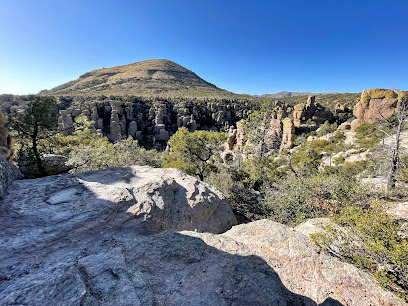
Fort Bowie Trailhead
Discover the breathtaking beauty and rich history of Fort Bowie Trailhead in Arizona, a must-visit hiking destination for nature lovers and history enthusiasts.

Heart of Rocks Loop
Discover the breathtaking Heart of Rocks Loop in Willcox, Arizona, a hiker's paradise filled with stunning rock formations and scenic views.
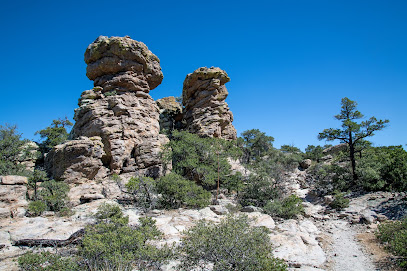
Fort Bowie Cemetery
Explore the serene Fort Bowie Cemetery, a historical landmark in Bowie, Arizona, and discover the stories of the American West.
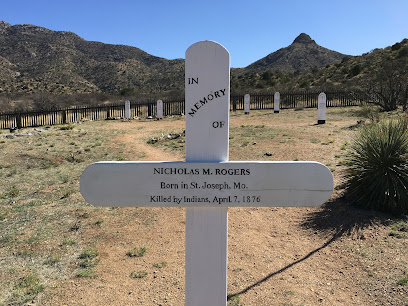
Markets, malls and hidden boutiques
Chiricahua National Monument
Explore the stunning rock formations and diverse wildlife at Chiricahua National Monument, a must-visit destination for nature lovers in Arizona.
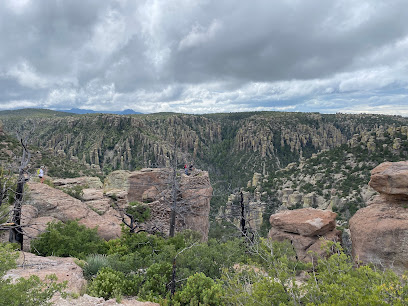
Chiricahua National Monument Visitor Center
Discover the beauty of Chiricahua National Monument at the Visitor Center, your gateway to unforgettable hiking and stunning landscapes.
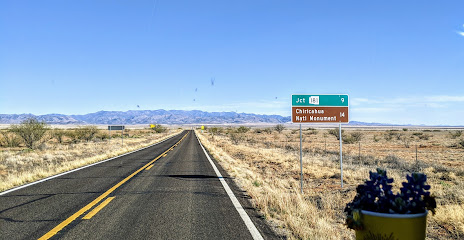
Apple Annie's Country Store
Experience the authentic flavors of Arizona at Apple Annie's Country Store, a charming farm shop and bakery in Willcox, perfect for lunch and unique gifts.
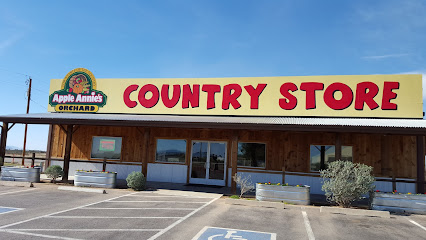
Tombstone Boothill Gift Shop and Graveyard
Explore the Wild West history at Tombstone Boothill Gift Shop and Graveyard, where iconic tales come alive through unique souvenirs and stories.
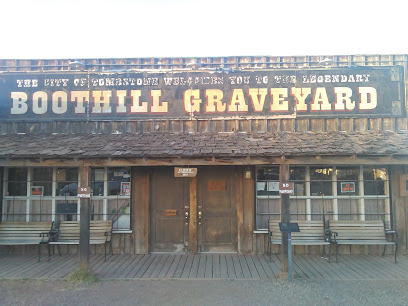
Portal Peak Lodge Store & Cafe
Experience the warmth of Southwestern flavors and local treasures at Portal Peak Lodge Store & Cafe in the heart of Arizona's breathtaking landscapes.
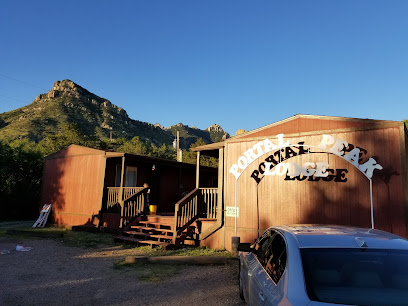
Mustang Mall
Explore Mustang Mall in Pearce, Arizona for unique finds and essential supplies, all in a charming shopping environment.
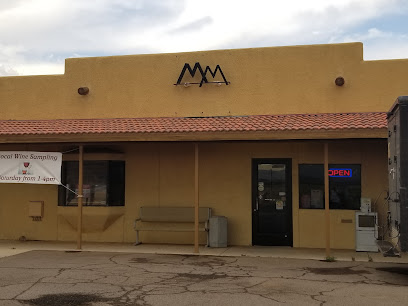
Trump Store Tombstone
Explore a unique gift shop in Tombstone, AZ, offering local crafts, memorabilia, and a taste of the Old West.
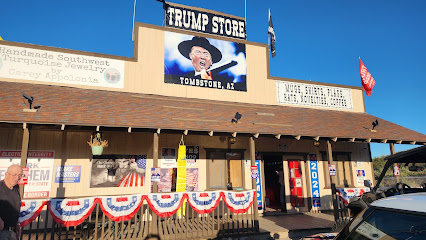
Buffalo Sisters Trading Post
Discover unique antiques, collectibles, and Native American crafts at Buffalo Sisters Trading Post in Willcox, Arizona, an essential stop for every traveler.
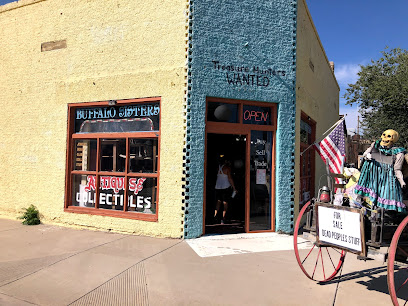
Bonita Bean Co
Explore Bonita Bean Co in Willcox, Arizona, for high-quality beans and local produce at great prices, embodying the region's agricultural heritage.
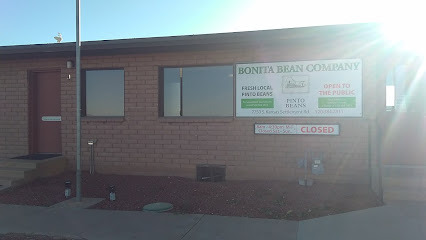
Willcox Traders
Discover hidden treasures and vintage gems at Willcox Traders, Arizona's charming antique store for collectors and enthusiasts alike.
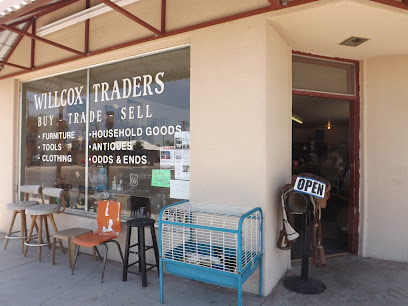
Red Buffalo Trading
Explore the charm of Tombstone at Red Buffalo Trading, a unique gift shop offering Western-themed treasures and local artisan crafts.
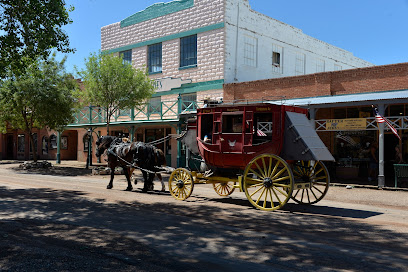
Amerind Museum Store
Explore the Amerind Museum Store for unique Native American gifts and cultural treasures in Dragoon, Arizona.
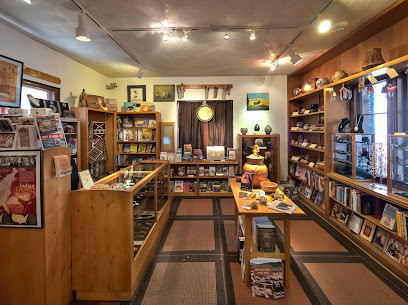
Black Sheep Imports
Explore the eclectic charm of Black Sheep Imports, Bisbee's premier gift shop for unique souvenirs and local artisan treasures.
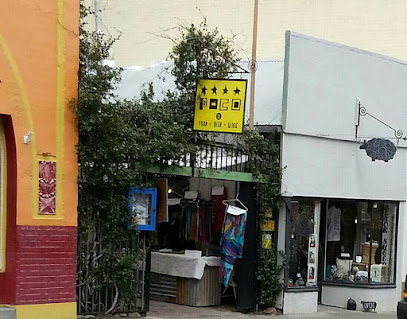
Heart of Rocks Loop
Discover the Heart of Rocks Loop, a stunning hiking area in Willcox, Arizona, where breathtaking landscapes and unique rock formations await outdoor enthusiasts.
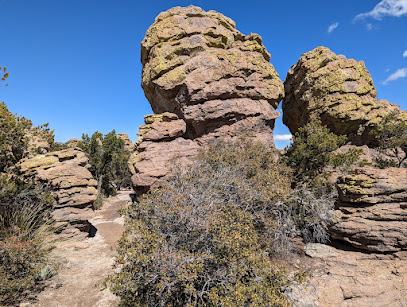
Charmworks
Explore Charmworks for unique handcrafted jewelry and artistic treasures that reflect creativity and local craftsmanship in every piece.
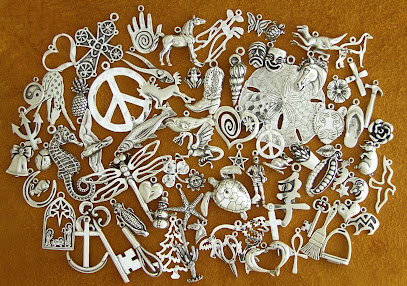
Essential bars & hidden hideouts
Buffalo Chip Saloon and Steakhouse
Discover Buffalo Chip Saloon and Steakhouse in Cave Creek, Arizona – a vibrant barbecue spot with live music and thrilling rodeo events.
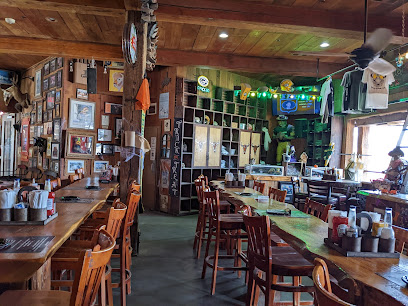
Lookout Tavern
Discover Lookout Tavern in Phoenix, Arizona: a vibrant restaurant and nightlife destination offering delicious food and a lively atmosphere.
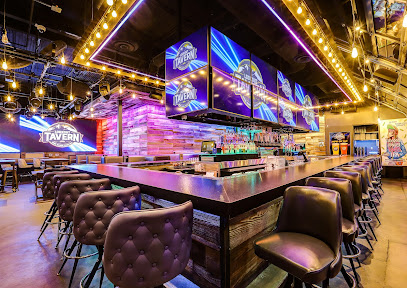
River Bottom Bar & Grill
Discover authentic American cuisine at River Bottom Bar & Grill, where delicious flavors meet a warm, welcoming atmosphere in Florence, Arizona.

Rusty Spur Saloon
Discover the heart of Scottsdale's nightlife at Rusty Spur Saloon, where live music and good vibes meet at an affordable price.

Landmark Cafe
Discover the cozy atmosphere of Landmark Cafe in Sierra Vista, offering breakfast favorites, live music, and a welcoming vibe for all visitors.
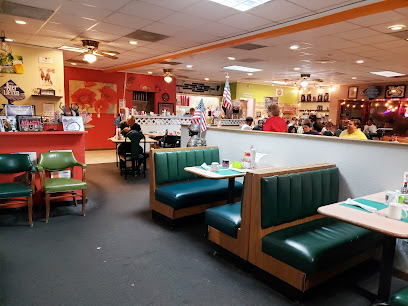
The Gadsden Hotel
Discover the elegance of the past at The Gadsden Hotel, a historic landmark in Douglas, Arizona, offering rich history and modern comforts.

Porter's Saloon & Grill
Discover the inviting atmosphere and delicious American cuisine at Porter's Saloon & Grill, a must-visit eatery in Superior, Arizona.
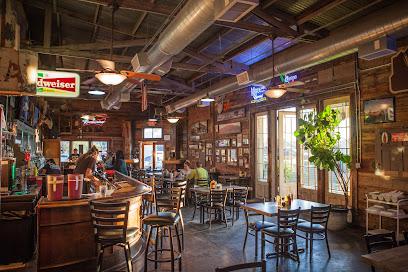
Handlebar J
Discover Handlebar J in Scottsdale, AZ: a barbecue paradise offering live music, delicious food, and a lively bar atmosphere perfect for all occasions.

The Shelter Bar
Discover Tucson's vibrant cocktail scene at The Shelter Bar, where expertly crafted drinks meet a cozy lounge atmosphere.
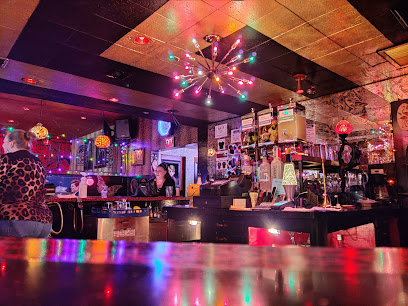
Big Tex BBQ
Discover the authentic taste of southern barbecue at Big Tex BBQ in Willcox, Arizona – a haven for food lovers seeking exceptional smoked meats.
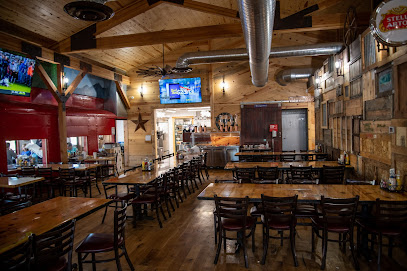
Isabel's South of the Border
Experience the rich flavors of Mexico at Isabel's South of the Border in Willcox, Arizona - a culinary destination for every traveler.
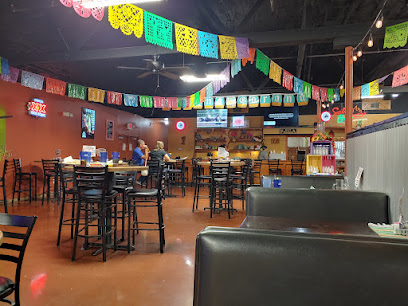
The Beverly on Main
Discover The Beverly on Main, Scottsdale's upscale cocktail bar offering unique drinks, a vibrant atmosphere, and a taste of local nightlife.
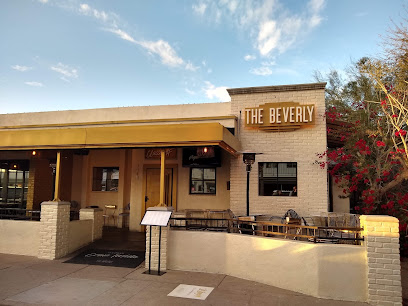
Chiricahua National Monument Visitor Center
Discover the stunning rock formations and rich history at Chiricahua National Monument Visitor Center in Arizona, a paradise for nature lovers.
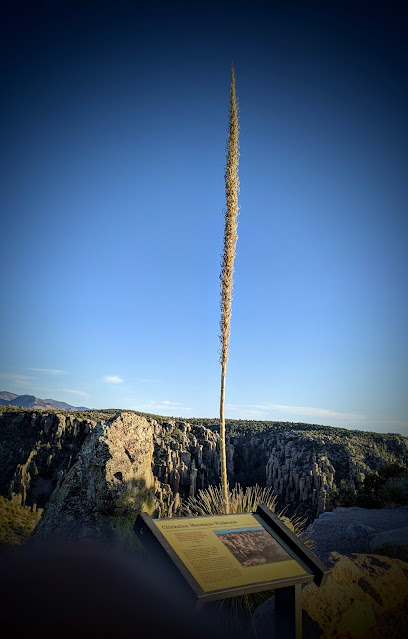
Sultana Bar
Discover the vibrant atmosphere and historic charm of Sultana Bar on Route 66, a perfect stop for travelers seeking local culture and fun.
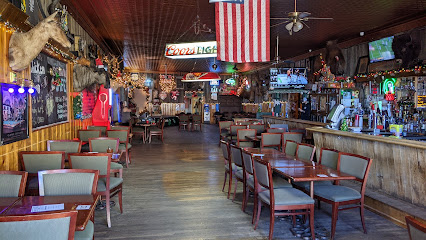
The Whining Pig Desert Ridge
Discover The Whining Pig Desert Ridge, where exquisite wines, craft beers, and delightful small plates come together in a vibrant bar atmosphere.
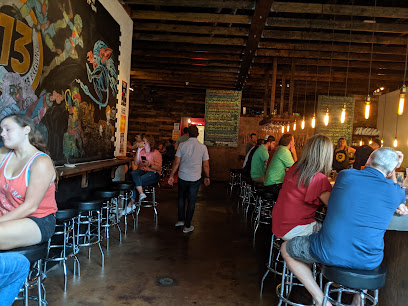
Local Phrases about Chiricahua National Monument
-
- HelloNdąą'
[ndaa] - GoodbyeHa'go ne'ez
[hago neez] - YesHa'a
[haa] - NoNda'a
[ndaa] - Please/You're welcomeAhe'hee
[a-hee-hee] - Thank youAhe'hee
[a-hee-hee] - Excuse me/SorryMa'aha
[ma-aha] - How are you?Ahee'hee' gosho?
[a-hee-hee go-sho] - Fine. And you?Nda'a. Ahee'hee?
[ndaa. a-hee-hee] - Do you speak English?Shi' ma'ii'ndąą' baa?
[shi ma-ee-ndaa baa] - I don't understandNda'a na'adąą'
[ndaa naa-ndaa]
- HelloNdąą'
-
- I'd like to see the menu, pleaseYaa'go nąą' dęę na'niłchił, ahee'hee
[yaa-go naa de-na-niil-chil a-hee-hee] - I don't eat meatNda'a nąą' niiłch'iin
[ndaa naa niil-chiin] - Cheers!Ahee'hee!
[a-hee-hee] - I would like to pay, pleaseYaa'go nąą' baa haał'ał, ahee'hee
[yaa-go naa baa haal-al a-hee-hee]
- I'd like to see the menu, pleaseYaa'go nąą' dęę na'niłchił, ahee'hee
-
- Help!Ha'go ne'ez!
[hago neez] - Go away!Ha'a nąą' hazhįį
[haa naa hazhii] - Call the Police!Nąą' shi' bi' hazhįį
[naa shi bi hazhii] - Call a doctor!Nąą' shi' baa ha'go na'az
[naa shi baa hago na-az] - I'm lostNda'a nąą' dąą' hazhįį
[ndaa naa daa hazhii] - I'm illNda'a nąą' baa na'az
[ndaa naa baa na-az]
- Help!Ha'go ne'ez!
-
- I'd like to buy...Yaa'go nąą' shi' na'niłchił...
[yaa-go naa shi na-niil-chil] - I'm just lookingNda'a shi' na'adąą'
[ndaa shi naa-ndaa] - How much is it?Nąą' nąą' ałchin?
[naa naa al-chin] - That's too expensiveNda'a nąą' ch'iłch'ah
[ndaa naa chiil-chah] - Can you lower the price?Nąą' niiłjool?
[naa niil-jool]
- I'd like to buy...Yaa'go nąą' shi' na'niłchił...
-
- What time is it?Nąą' t'ááshii?
[naa taashii] - It's one o'clockNąą' t'ááshii hadąą' ba'
[naa taashii hadaa-baa] - Half past (10)Nąą' yisht'á
[naa yishta] - MorningDąą'
[daa] - AfternoonDa'íí'
[da-ii] - EveningHa'asht'éé'
[haashte] - YesterdayYisdąą'
[yis-daa] - TodayYaa
[yaa] - TomorrowAshdla'
[ash-dla] - 1Hastiin
[hastiin] - 2Naaki
[naaki] - 3Táá
[taa] - 4Dįį'
[di] - 5Ashdla'
[ashdla] - 6Hastąą
[hastaa] - 7Tseebíí
[tsee-bii] - 8Tááhá
[taaha] - 9Náhást'éí
[na-hastei] - 10Ndeesdząą
[ndees-da]
- What time is it?Nąą' t'ááshii?
-
- Where's a/the...?Haa nąą'...
[haa naa] - What's the address?Baa nąą' éí dił?
[baa naa ei dil] - Can you show me (on the map)?Nąą' niiłjool?
[naa niil-jool] - When's the next (bus)?Nąą' niiłjool?
[naa niil-jool] - A ticket (to ....)Nąą' niiłjool?
[naa niil-jool]
- Where's a/the...?Haa nąą'...
History of Chiricahua National Monument
-
Long before European settlers arrived, the Chiricahua Apache, a group of Native American tribes, called this region home. The Chiricahua Apache utilized the rugged terrain for both shelter and strategic advantage. Their knowledge of the area allowed them to navigate the complex landscape, which includes rock spires and narrow canyons, with ease.
-
In the late 1500s, Spanish explorers ventured into the region now known as Chiricahua National Monument. They sought to expand their territories and search for riches. Spanish missionaries also followed, attempting to convert the local Apache tribes to Christianity. These early encounters were often marked by conflict and resistance from the indigenous people.
-
Throughout the 19th century, the United States government engaged in numerous conflicts with the Chiricahua Apache, known collectively as the Apache Wars. Figures such as Cochise and Geronimo became legendary for their resistance against U.S. military forces. The Chiricahua's deep understanding of the terrain made them formidable opponents, leading to a prolonged series of skirmishes and battles.
-
Chiricahua National Monument was established on April 18, 1924, by President Calvin Coolidge. The monument was created to protect the unique rock formations known as 'hoodoos,' as well as the rich biodiversity of the area. The initial development included the construction of roads and trails to make the monument accessible to the public.
-
During the Great Depression, the Civilian Conservation Corps (CCC) played a significant role in the development of Chiricahua National Monument. From 1934 to 1940, the CCC constructed many of the trails, buildings, and infrastructure that visitors still use today. Their work helped to preserve the natural beauty and historical significance of the monument.
-
During World War II, Fort Bowie, located near Chiricahua National Monument, served as a training ground for U.S. Army troops. The fort had historical significance dating back to the Apache Wars and was strategically important during the war. The proximity of Fort Bowie to Chiricahua added another layer of historical significance to the region.
-
Over the years, Chiricahua National Monument has faced natural challenges, including wildfires and floods. These events have prompted various conservation efforts to protect both the natural landscape and the historical sites within the monument. Collaborative efforts between governmental agencies and local communities have been essential in preserving this unique area.
Chiricahua National Monument Essentials
-
Chiricahua National Monument is located in southeastern Arizona, approximately 120 miles east of Tucson. The closest major airport is Tucson International Airport (TUS). From Tucson, you can rent a car and drive to the monument, which takes around 2.5 to 3 hours. Alternatively, you can take a bus to Willcox, a nearby town, and then arrange for a taxi or rideshare service to the monument.
-
Once inside Chiricahua National Monument, the best way to get around is by car. There are paved roads leading to most of the key attractions and trailheads. For those who prefer not to drive, there are shuttle services available within the park. Additionally, the monument offers several hiking trails of varying difficulty levels, making it easy to explore on foot.
-
The official currency in the United States is the US Dollar (USD). Credit and debit cards are widely accepted, including at the park’s visitor centers and nearby establishments. However, it is advisable to carry some cash for smaller transactions or in case of technical issues with card machines. ATMs are available in nearby towns but not within the park itself.
-
Chiricahua National Monument is generally a safe destination for tourists. However, standard safety precautions should be taken. Avoid hiking alone, especially in remote areas, and always inform someone of your plans. Be cautious of wildlife and keep a safe distance. There are no high-crime areas targeting tourists specifically, but it is always advisable to stay vigilant and secure your belongings.
-
In case of emergency, dial 911 for immediate assistance. The closest medical facilities are in Willcox, approximately 35 miles away. It is recommended to have travel insurance that covers medical emergencies. The park rangers are trained to handle emergency situations, so don’t hesitate to approach them for help. For minor health issues, carry a basic first aid kit and any necessary medications.
-
Fashion: Do wear comfortable and weather-appropriate clothing, including sturdy hiking boots. Avoid flip-flops and open-toed shoes. Religion: The monument does not have any specific religious sites, but always be respectful of others. Public Transport: Public transport options are limited, so do plan your trip accordingly. Greetings: Do greet fellow hikers and park staff with a friendly hello. Eating & Drinking: Do bring plenty of water and snacks, especially for long hikes. Don’t leave trash behind; always use designated trash bins or pack out what you pack in.
-
To experience Chiricahua National Monument like a local, visit early in the morning to avoid the crowds and heat. Take the Echo Canyon Loop Trail for stunning views and unique rock formations. Don’t miss the Faraway Ranch Historic District to learn about the human history of the area. Engage with park rangers; they often share fascinating stories and insights about the monument. Lastly, bring a pair of binoculars for bird watching, as the park is home to a variety of bird species.
Nearby Cities to Chiricahua National Monument
-
Things To Do in Tucson
-
Things To Do in Truth or Consequences
-
Things To Do in Las Cruces
-
Things To Do in El Paso
-
Things To Do in White Sands
-
Things To Do in Gilbert
-
Things To Do in Chandler
-
Things To Do in Mesa
-
Things To Do in Tempe
-
Things To Do in Scottsdale
-
Things To Do in Phoenix
-
Things To Do in Socorro
-
Things To Do in Winslow
-
Things To Do in Ruidoso
-
Things To Do in Sedona

